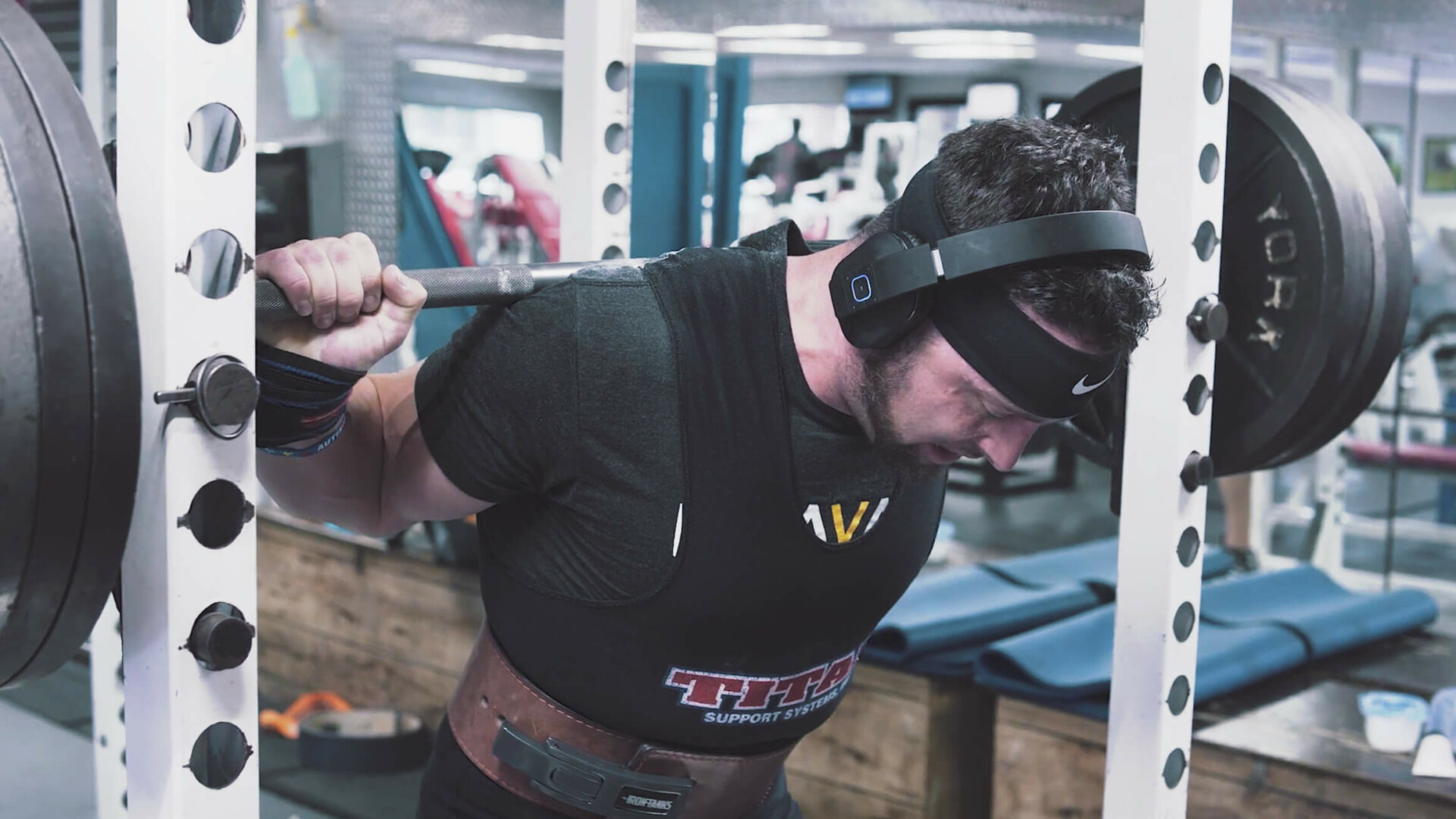Briefly, I mentioned progressive overload before. Last time, I spoke of volume, intensity, and density as three primary metrics to measure your progressive overload.
But those metrics aren’t the only metrics you can use to measure your progress. In fact, there are more subtle ways to do so, especially as your training age increases. And in measuring these other variables, you’ll notice a synergy that feeds into your volume, density, and intensity. With that in mind, we’ll talk about the range of motion (ROM), the quality, and the speed of an exercise as metrics to measure.
Range of Motion
ROM is the degree in which a joint can move in the directions in which it can move. So for the majority of our exercises, you look at it in terms of flexion and extension. If you can exceed the established parameters of these movements, you are hyper-mobile. If you can’t come close to their movement potential, you are hypo-mobile.
So if you undertake an exercise and your ROM is suboptimal, your goal is to increase the range of motion. If you increase the ROM, you wind up moving the weight further, and using more of your muscle(s) to do so.
How to Increase ROM
If you are relatively new to an exercise—perhaps you just switched from barbell back squats to safety bar squats for whatever reason—you ROM might be lacking due to a few things, primarily, fear and the novelty of it. So in our example, you might notice the odd loading of the safety bar. You might note that the leverage of the weight on the safety bar keeps you more upright, and as such you can sink deeper into the squat.
For your first few sessions, you might come up short, since you aren’t used to the novelty of using the bar, but over time, you’ll notice the ranger of motion increasing to what you are fully capable of.
For new exercises or variations, the easiest way to monitor ROM is to video your sets. If that isn’t a possibility, you have to find other ways to measure your progress. For instance, for squats, you can use any number of boxes or benches to measure your depth. Not only that, you can lower the implements to increase the depth. More depth equals more progress.
Some other considerations for ROM include how you are shaped. If you have short T-Rex arms, your muscular output for a punch press won’t be as much if you’re using a wide grip. By powerlifting standards, you’ll be awesome and have a great potential for a heavy one rep max in that narrow ROM, but for overall movement, you’ll have to assess what you are capable of, and figure out the best form for your goal. And from there, your best exercises for that particular goal.
Movement Quality
From the outset, this metric seems a bit nebulous, but it is quite simple. Quality movement is the amount of effort you put into it. So if your 500lb x 2 deadlift is yielding you a RPE 9 this week, and next week you do the same 500 for two at RPE 7, you have increased movement quality. In our example, the 500lb x 2 deadlift is now more efficient for your body. The goal is to increase movement quality at all cost.
How to Increase Movement Quality
The easiest way is to practice, obviously. However, within the confines of that there are other facets you can practice to improve your performance. For one thing, you have to look at a given weak point or points in a particular exercise.
Once you have assessed the weaknesses, fix them. You have all sorts of ways you can do this. One simple way to fix a weak point is to regress an exercise and train in that general vicinity—this means a smaller ROM, possibly higher intensity—and strengthen the weak link, and then assess the total exercise. Another way to fix the weak point is to train it with accessory work, and track the improvements over time.
Not only do you have to watch out for weak points, but there are other measures you can take to ensure proper movement quality. Are you bracing properly? Are you cheating the rep? If you’re performing the reps with best possible form (for your ability and body type) then you have a recipe for increased movement quality.
Movement Speed
Now, we come to movement speed. Note that this is not the same thing as density. Density is the volume you perform in time; movement speed is the actual amount of time it takes from the weight you are moving to get from point A to point B. Scientifically speaking, there’s a meta-analysis stating that any rep performed for longer than ten seconds “is inferior from a hypertrophy standpoint, although a lack of controlled studies on the topic makes it difficult to draw definitive conclusions.” (1)
And for muscle growth, we know volume encompasses a lot of variables that people turn to when it comes to this. So with that in mind, I like to think of movement speed in different terms.
If we hearken back to Maslow’s hierarchy of learning, unconscious competence is the final form of mastery on anything. You’re so good at a given task you don’t need to think about it, you just do it. Like when Daniel-San waxed the floor. He could recall the motion when he needed to and could block an assault of punches from Miyagi Sensei. Or, if we look at it in terms of fine motor movements, like playing a piano, speed is the goal for everyone who decides to play. But the speed won’t come if you can’t perform the movement properly and with quality. Think about that in terms of your exercises. They are still movements, but unlike our musicians, exercises in the gym are more gross movements as opposed to fine movements.
Conclusion
You’ll notice that I put these metrics in a specific order. Once the ROM gets better, you can focus on quality. Once the quality gets better, make it faster. And once you can do it faster, you can add more volume, then more density, and then intensity. And then you can repeat the process for perpetual results over time.
The takeaway point is that there are more ways to get stronger than by adding weight to the bar. With that in mind, there are a number of things you can work on to achieve those particular goals. You want to train without being boxed into only thinking about the intensity and the volume.
References
- Schoenfeld, B. J., Ogborn, D. I., & Krieger, J. W. (2015). Effect of repetition duration during resistance training on muscle hypertrophy: a systematic review and meta-analysis. Sports medicine (Auckland, N.Z.), 45(4), 577-585. doi:10.1007/s40279-015-0304-0
- Crewther, B. T., Cronin, J., & Keogh, J. W. (2008). The contribution of volume, technique, and load to single-repetition and total-repetition kinematics and kinetics in response to three loading schemes. Journal of Strength and Conditioning Research, 22(6).




